The Knights of the Golden Circle was a pro-slavery secret society founded in the decade before the American Civil War. During this time, the pro-slavery South and the anti-slavery North wanted to expand their borders and create new states aligned with their respective causes.
George W.L. Bickley founded the Knights of the Golden Circle, intending to create a pro-slavery empire and ensure slavery lasted indefinitely.
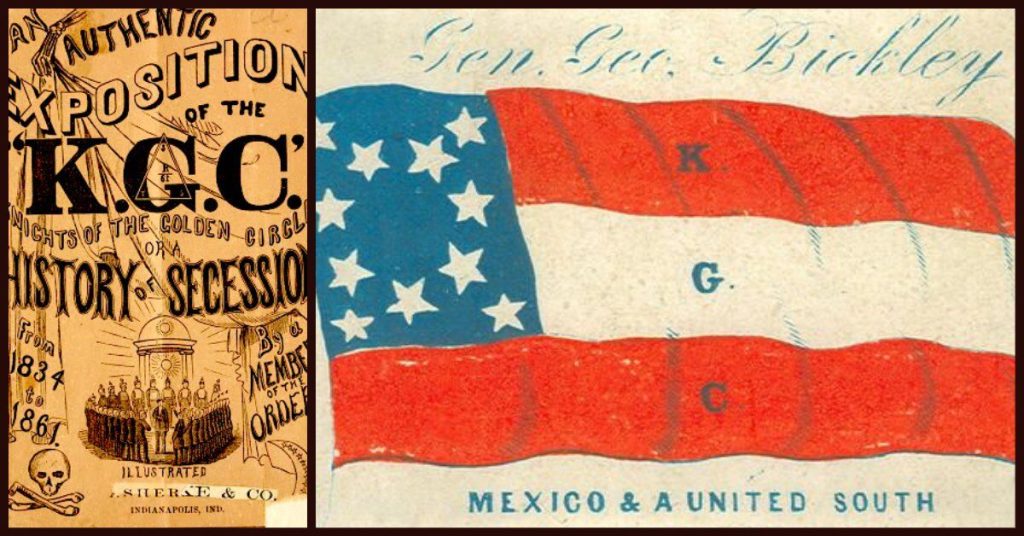
While the underground organization would fall short of this goal, they were still influential. At their highest point, Bickley claimed the Knights’ membership numbered over 100,000. It was probably closer to 50,000. But it included many prominent politicians.
Many Knights of the Golden Circle would fight for the Confederacy during the Civil War. While the group would ultimately dissolve, their ideals lived on for decades afterward.
Background: Southern Expansionism
For most of its history, the United States has pursued a policy of expansionism. Dubbed “Manifest Destiny” in 1845, the philosophy of this policy was that America should always expand its boundaries to spread democracy and capitalism worldwide.
In the decades after the country’s founding, the northern and southern states developed on different paths. While the northern American states weren’t entirely anti-slavery, their economy wasn’t based on slave labor. In the south, slavery was the entire foundation of their economy.
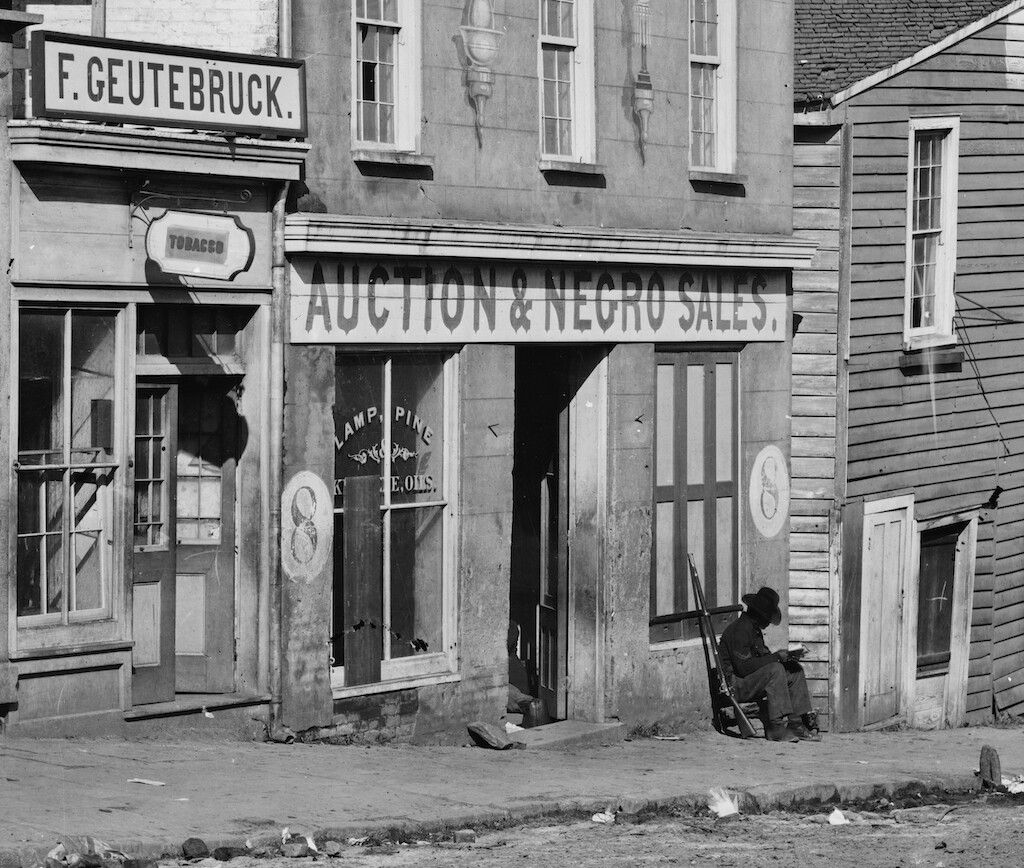
Slavery was one of the most heated issues of its time. Pro-slavery states in the south, and midwest states tended to align with each other politically. The same was true for anti-slavery northern states. Both sides also wanted to add more states to the Union to increase their political power.
To govern this process, the United States passed five laws collectively known as The Compromise of 1850. These laws declared that whenever the United States added a new state, the state’s residents would vote on whether to legalize slavery. It is a process referred to as “popular sovereignty.”
Following the Compromise of 1850, with the northern industrialized states gaining strength, pro-slavery southerners hoped to expand America’s borders and create new pro-slavery allied states, while abolitionist northerners hoped for the same.
George Bickley: Adventurer, Physician, Historian, Adventurer, Nation Builder
George W.L. Bickley was born sometime between 1819 and 1823. Accounts of his early life primarily come from Bickley himself, which are often contradictory and unverifiable. According to Bickley, he ran away from home at age twelve to live a life of adventure.
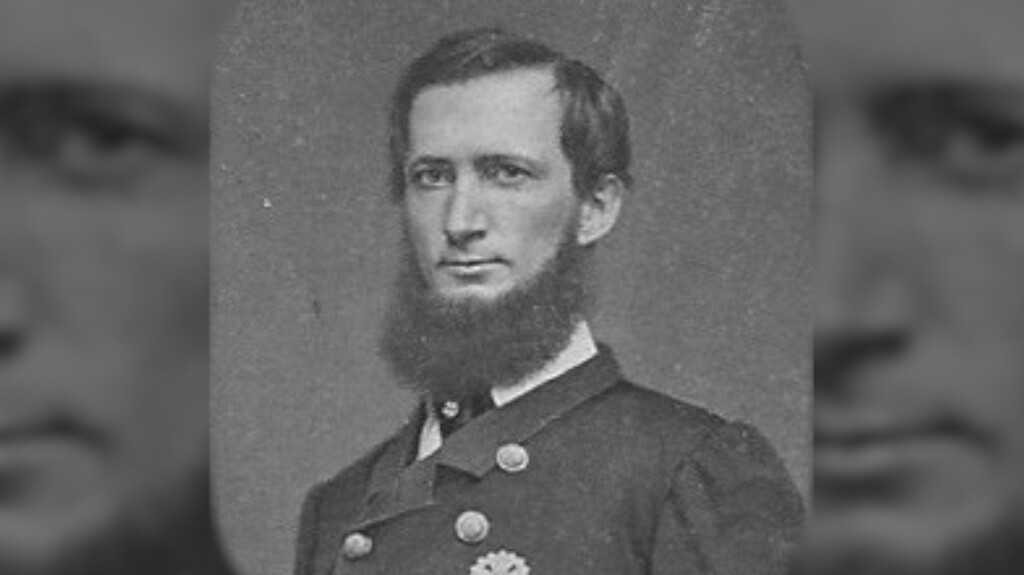
However, we know nothing definitive about his life until 1850, when he would have been around 30. That year, he arrived in Jeffersonville, Virginia, where he listed his profession as a phrenologist.
In Virginia, he founded a local historical society and began writing a history of white settlement in the area. A year later, he moved to Cincinnati and became a Professor of Materia Medica, Therapeutics, and Medical Botany at the Eclectic Medical Institute. This medical school taught a form of alternative medicine. He claimed to have graduated from the University of London in 1842, but the University disputed this.
He tried various other careers, from running a literary magazine to land speculation to launching a conservative newspaper. It was during the 1850s that Bickley, inspired by the most divisive political issue of his day, first had his most grandiose idea yet.
The Knights of the Golden Circle
By 1854, George Bickley was on the run from creditors and ended up in Tennessee. According to Bickley, on July 4th, 1854, he and five other men founded the Knights of the Golden Circle. As a secret society, the KGC had bylaws, rituals, and a constitution.
Members fell into three categories: a military wing that planned to participate in conquest, a financial wing who would support the group from home, and a governing wing. They based themselves on pre-existing organizations like the Order of the Lone Star, a Texas group that opposed government intervention in the slaveholding south.
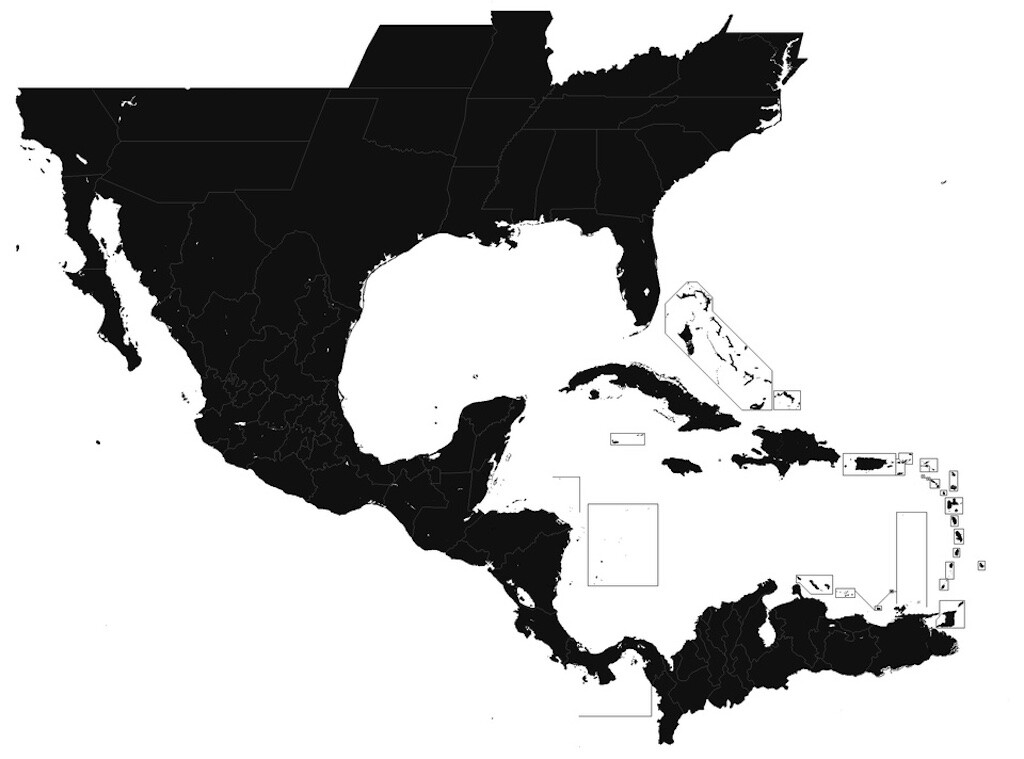
Their goal was no less than to build a slaveholding empire. The KGC hoped to sponsor military expeditions to annex territory in the American southwest, Mexico, the Caribbean, and Central America. With a capital in Havana, Cuba, this 2,400 square mile empire would dominate the world’s sugar and tobacco trades and guarantee slavery’s survival.
Bickley traveled the country to drum up membership. Pro-slavery southern newspapers amplified his message, and the movement grew.
Bickley claimed to boast a membership of 115,000. Although the actual number was much lower, KGC members still included pro-slavery politicians like Secretary of War John Floyd, Secretary of the Treasury Howell Cobb, and Vice President John Breckenridge.
As the nation approached civil war, anti-slavery Republicans accused KGC members of secretly supporting the southern cause.
Invasions Of Mexico
In the spring of 1860, the Knights of the Golden Circle put their plan to invade Mexico into action. Around 400 Knight-affiliated militia traveled to the Brownsville, Texas area. Bickley had planned to raise an even larger force in New Orleans to join them. However, he never arrived. After three months without pay, the militia disbanded.
Learn More: Knights of the Golden Circle: Secret Empire, Southern Secession, Civil War (Amazon)
Later that year, Bickley again announced plans for an invasion. This time, Bickley signed a treaty with Manuel Doblado, governor of the Mexican state of Guanajuato. Doblado was himself locked in a conflict with the government in Mexico City and hoped to use the Knights to strengthen his position. In exchange, he promised the Knights half of the state’s tax revenue.
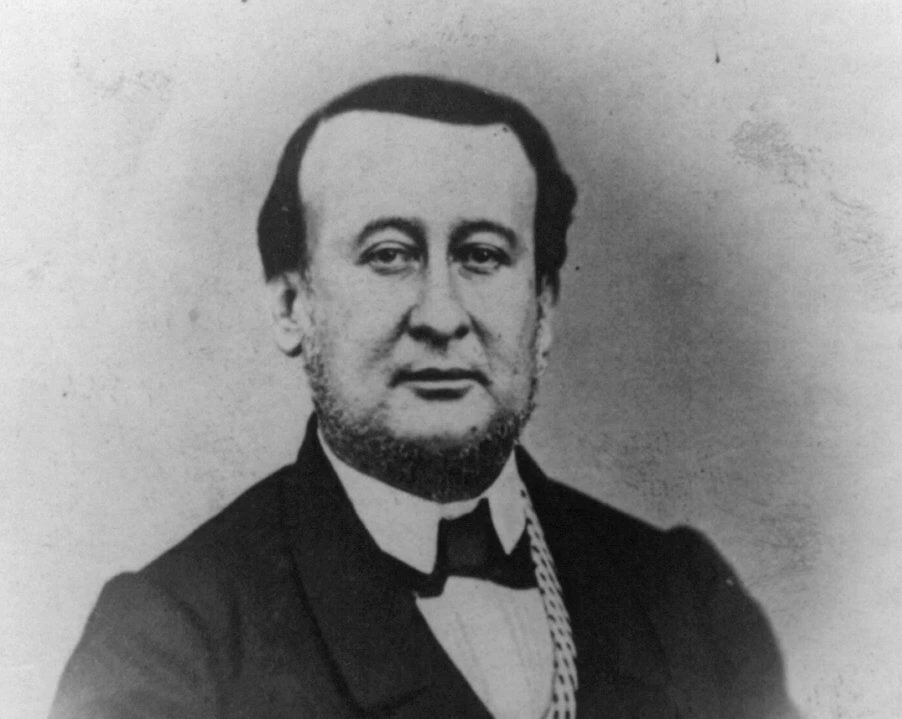
Bickley promised an invasion force of 16,000. But he was again unable to provide reinforcements and weapons, and he canceled the invasion.
Civil War
Eleven pro-slavery states seceded from the Union and formed the Confederacy on December 20th, 1860. Because of that, the southern secession effectively ended the Knights of the Golden Circle.
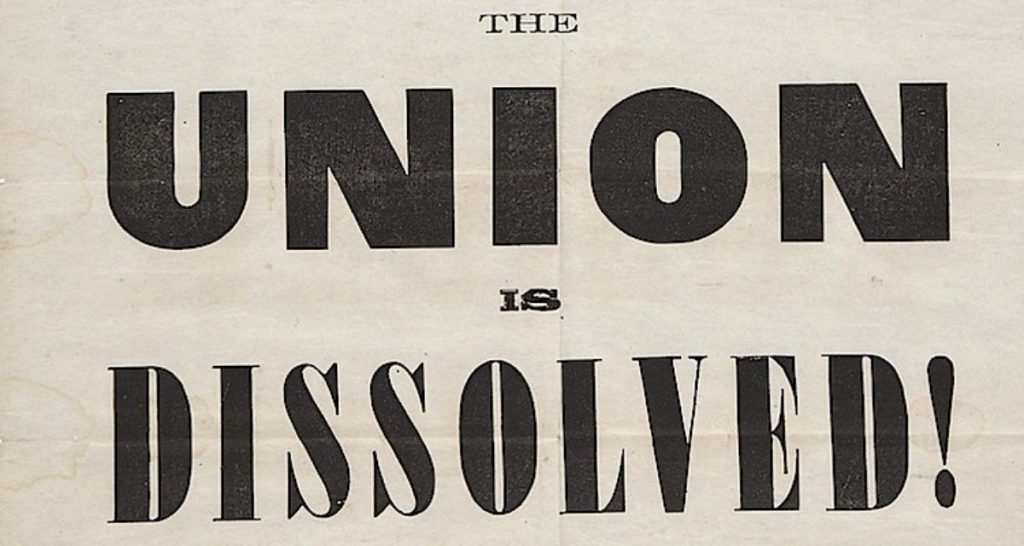
As war with the north erupted, plans for a southern Confederate expansion became less urgent. Bickley served on the staff of Confederate General Braxton Bragg as a surgeon. He was arrested as a Confederate spy in 1863 and held prisoner until the war ended. He died in 1867. Other members of the KGC also fought for the Confederate army.
Although the group essentially disbanded, their secretive nature meant they became suspects of the Northwest Conspiracy. This conspiracy was a Confederate plot to overthrow the governments of Ohio, Indiana, Illinois, and Missouri. But no evidence proves KGC’s involvement.
After The War
Like many other secret societies, the end of the Knights of the Golden Circle was only the beginning of rumors about their activities. For instance, some speculate about the group’s connection to other secret societies like the Templars, the Sons of Liberty, or the Freemasons.
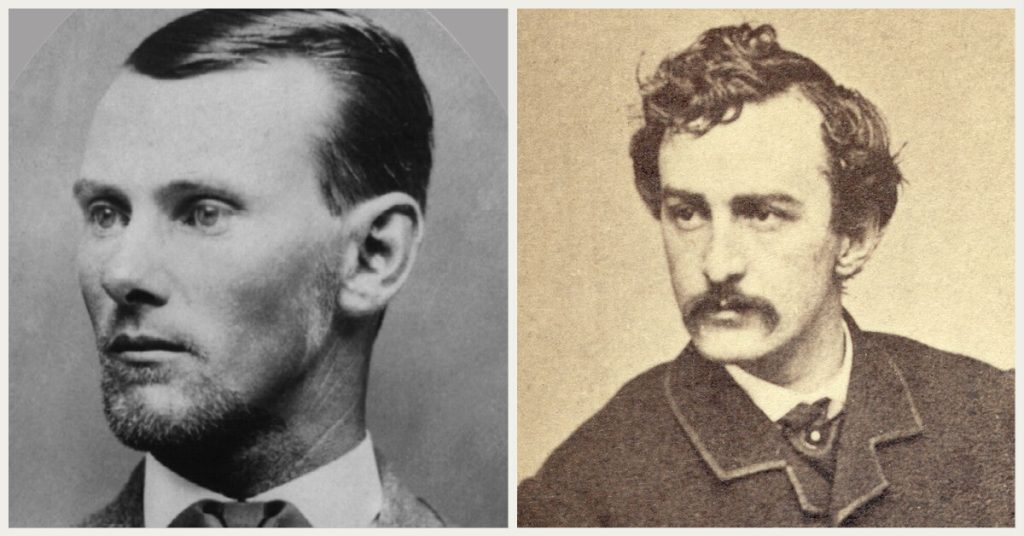
Others have suggested that infamous American historical figures like Jesse James and John Wilkes Booth were members, without evidence.
Still, others believed the Knights buried hordes of gold coins across America to finance a second civil war. Whenever someone finds a stash of buried gold coins, there’s usually speculation that its KGC treasure, even as recently as 2014.
But their real legacy is much clearer. While the Civil War outlawed slavery, it did not end America’s underlying racial inequality. The Knights of the Golden Circle may have dissolved, but their ideology continues today.